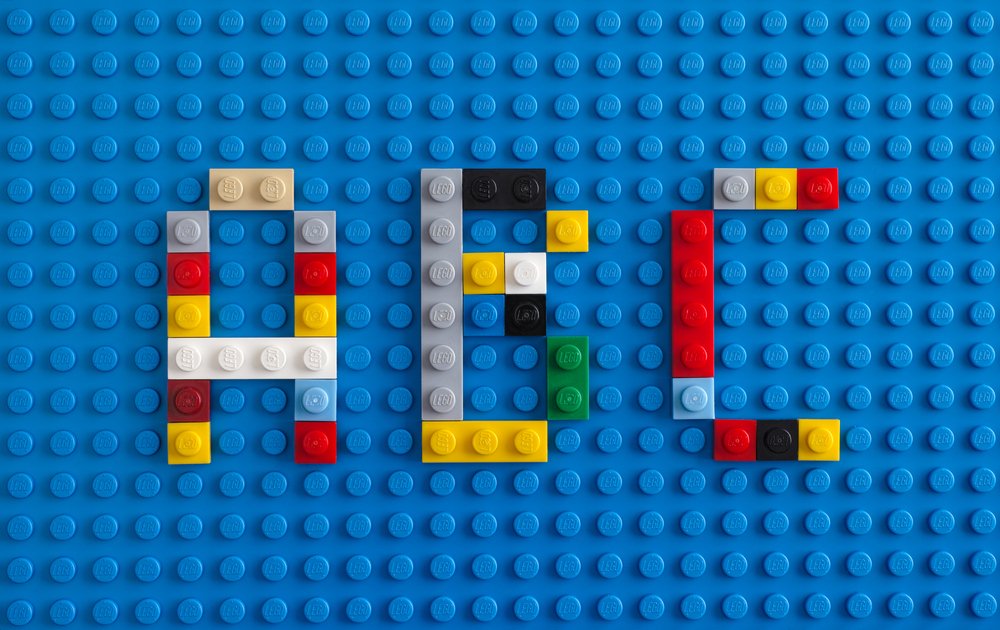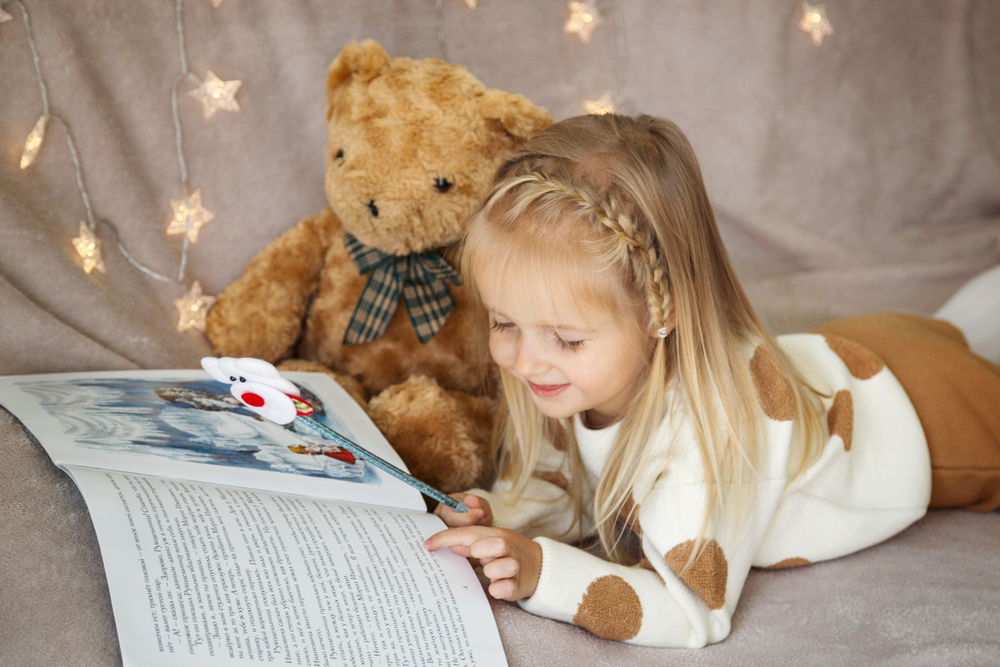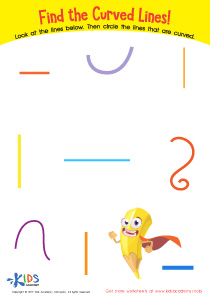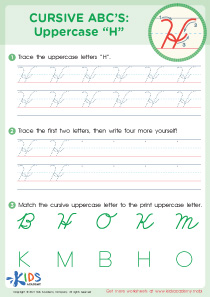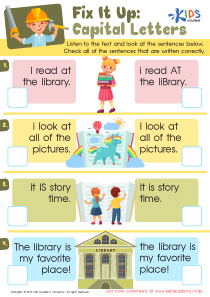Visual discrimination skills Letter Recognition Worksheets for Ages 3-8
5 filtered results
-
From - To
Enhance your child's early literacy with our Visual Discrimination Skills Letter Recognition Worksheets designed for ages 3-8. These engaging and educational worksheets help children identify, compare, and distinguish between different letters, improving their reading readiness. Through activities like letter matching, tracing, and coloring, kids develop foundational skills critical for fluent reading and writing. Each worksheet is carefully crafted to make learning fun and interactive, fostering a love for literacy from an early age. Perfect for preschoolers and early elementary students, these resources support both classroom learning and at-home practice. Start your child’s literacy journey today!
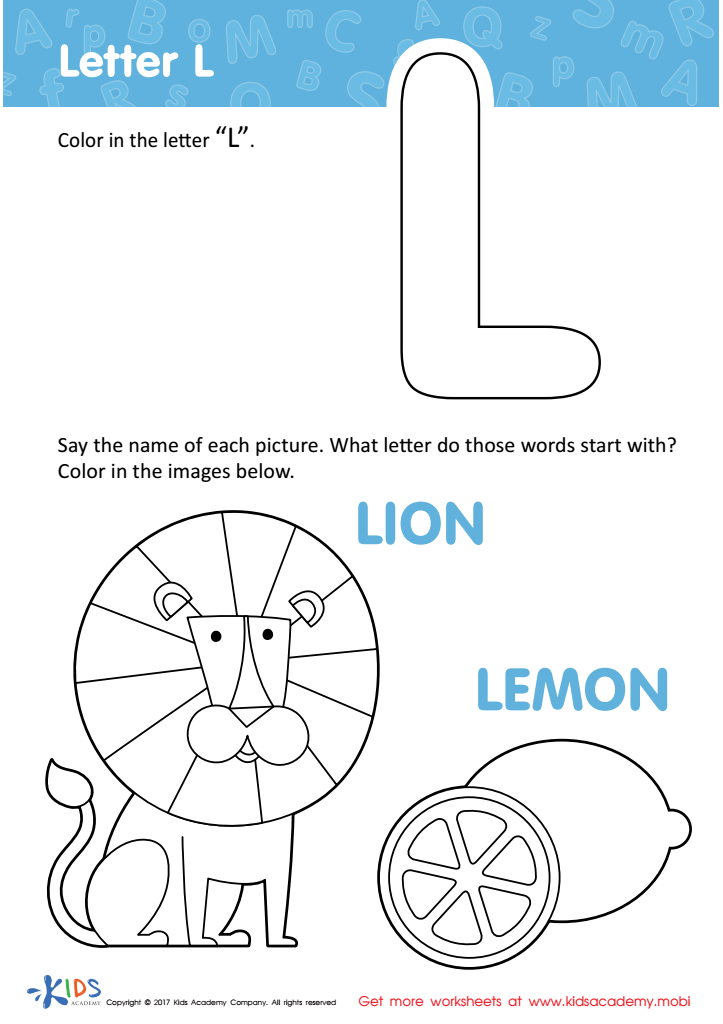

Letter L Coloring Sheet
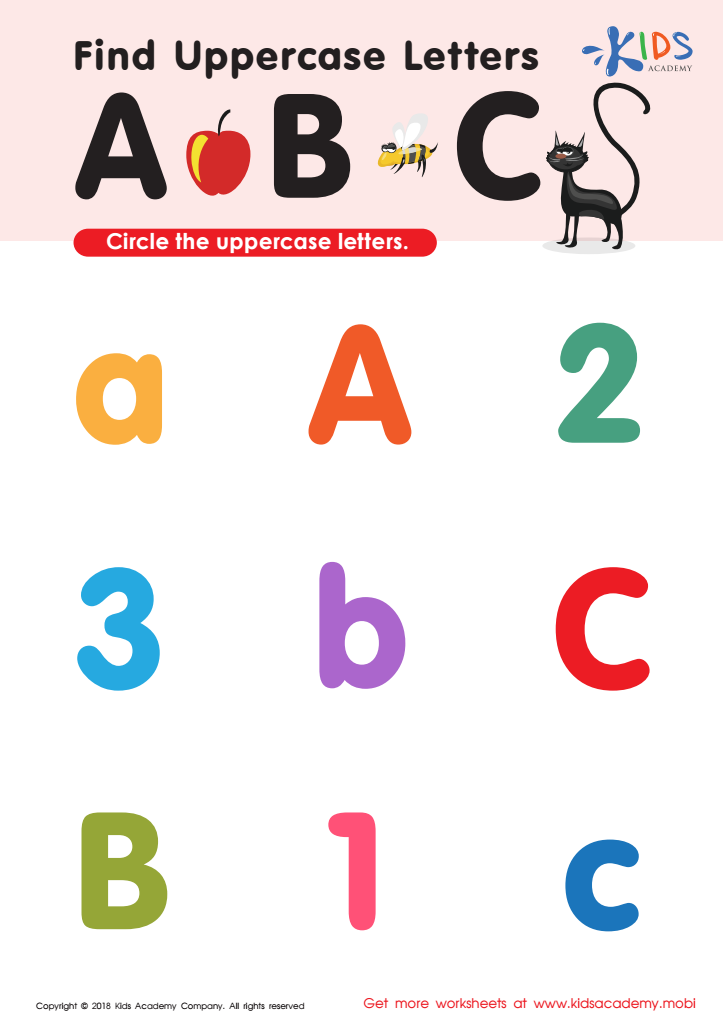

Find Uppercase Letters A, B, and C Worksheet
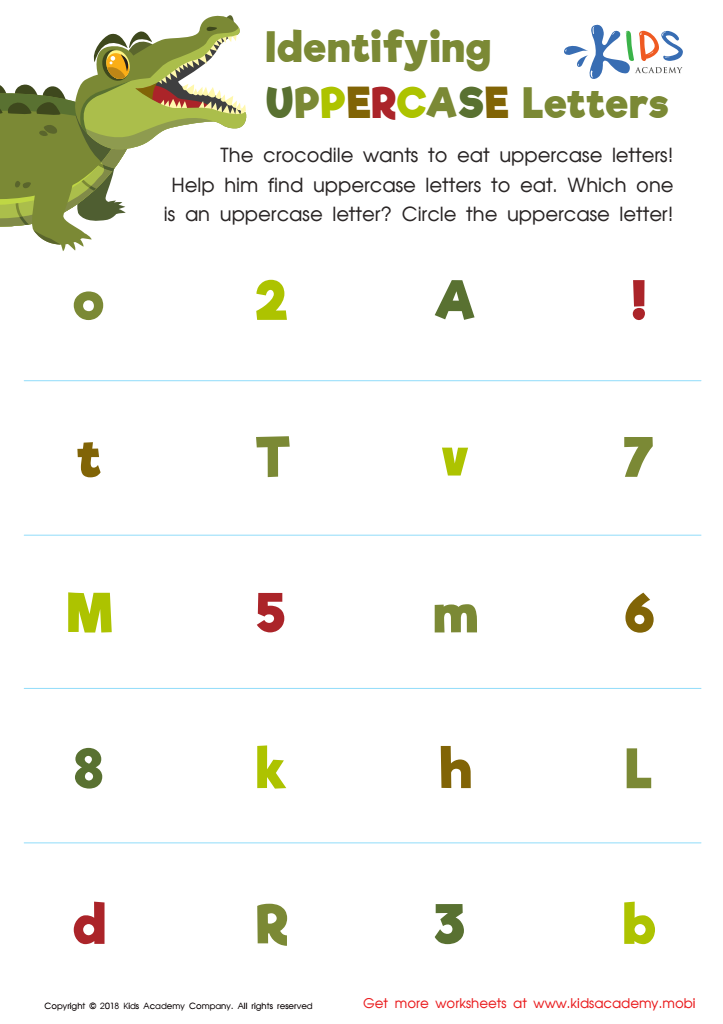

Identifying Uppercase Letters Worksheet
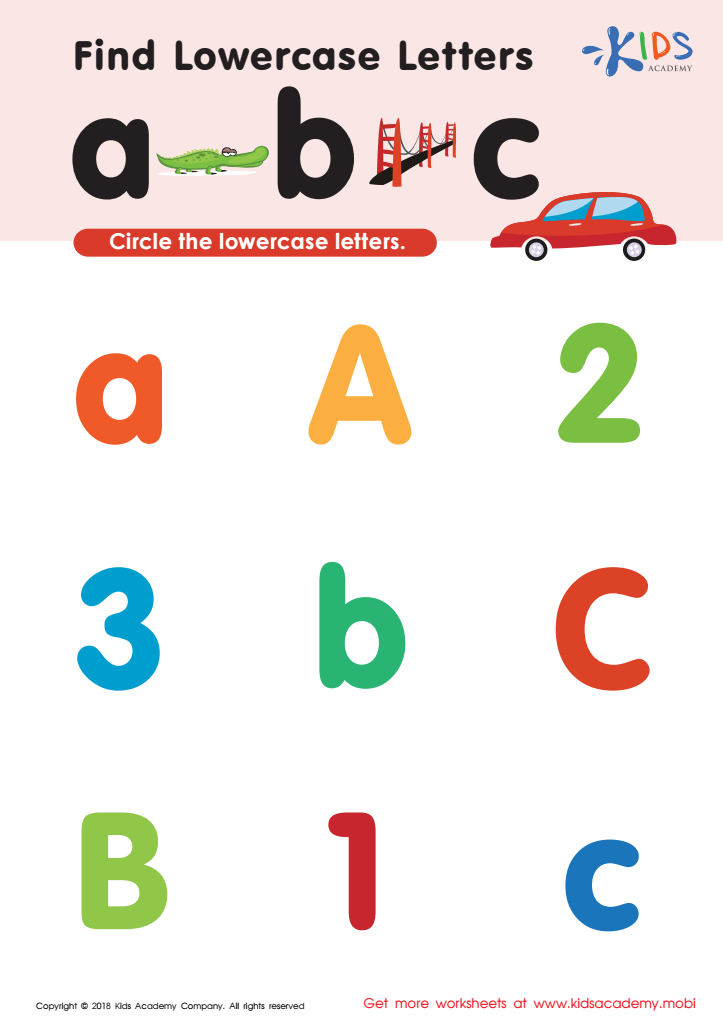

Find lowercase letters a b c Worksheet
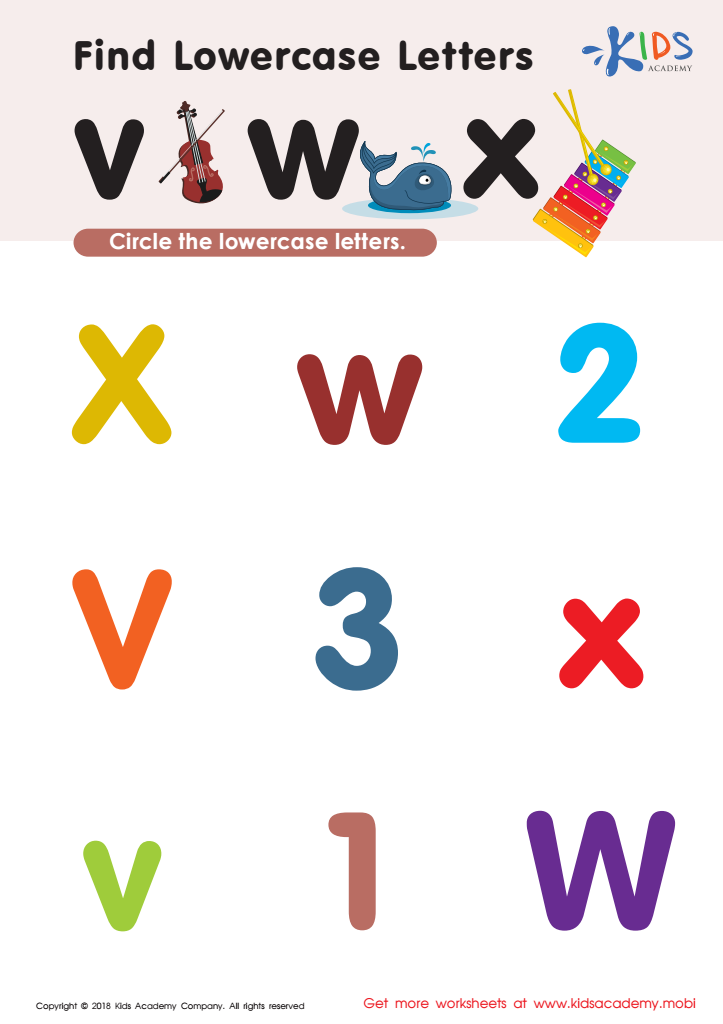

Find Lowercase Letters v w x Worksheet
Visual discrimination skills and letter recognition are essential building blocks for children ages 3-8 as they embark on their educational journeys. These skills enable children to differentiate between various shapes, letters, and objects, which is critical in learning to read and write. By cultivating visual discrimination, children can more easily identify and distinguish letters and words, leading to improved reading fluency and comprehension.
Letter recognition is crucial for children to understand the alphabet's foundational role in language. When children recognize letters, they can start linking letters to sounds, forming the basis for phonemic awareness. This ability to connect sounds and symbols enables children to decode words, which is a critical skill in early reading development.
For parents and teachers, fostering these skills contributes to a child's confidence and success in school. Early proficiency in visual discrimination and letter recognition can prevent future learning difficulties and support smoother transitions from simple to more complex literacy tasks. Additionally, strong visual discrimination skills aid in other areas of learning, such as mathematics and visual arts, by enhancing the ability to notice patterns and differences.
Promoting visual discrimination and letter recognition through engaging activities and supportive learning environments can make a significant, lasting impact on a child's academic and personal growth.

 Assign to My Students
Assign to My Students




